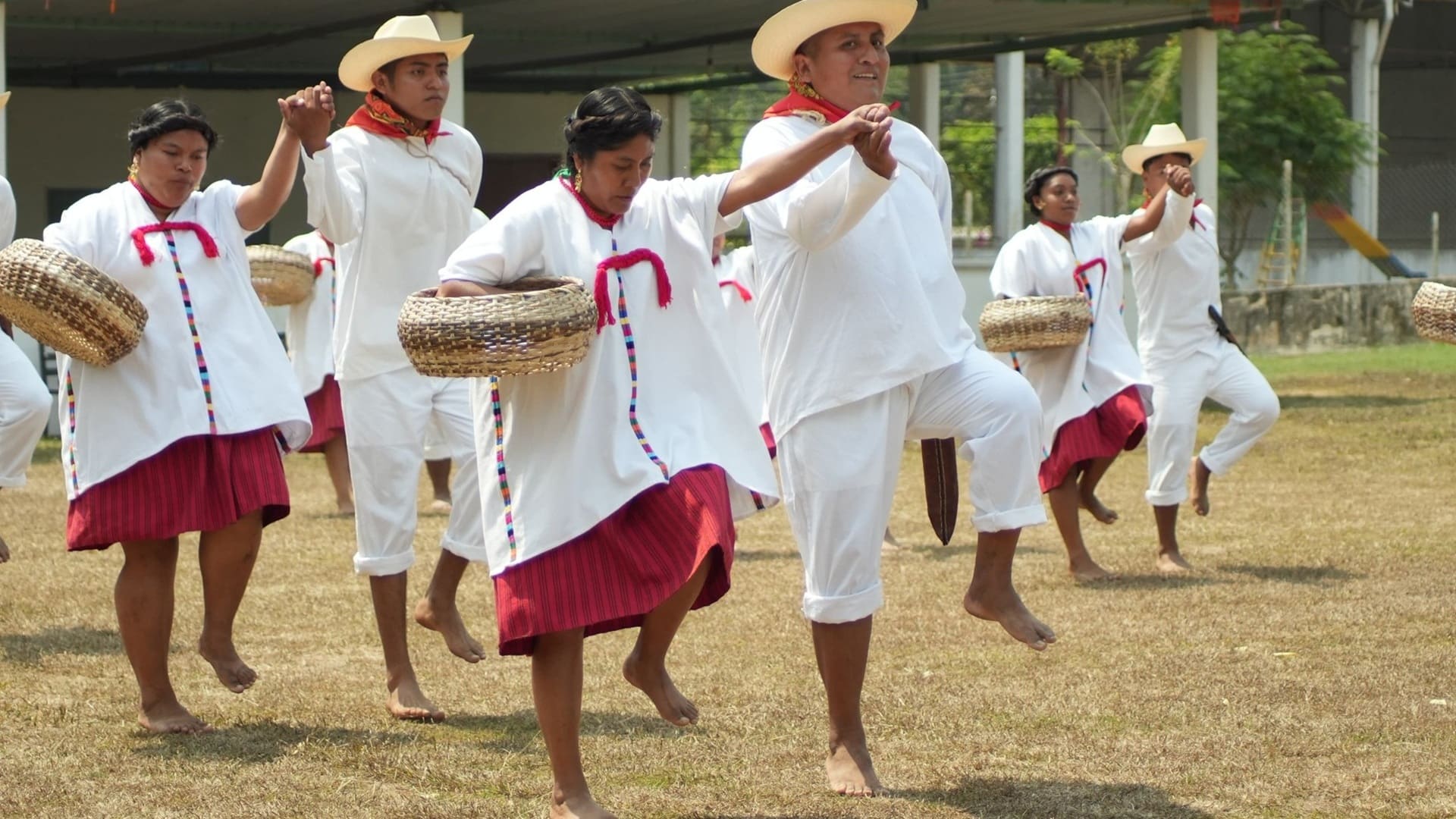The Secretary of Cultures and Arts of Oaxaca (Seculta), through the Intercultural Councils, announced the completion of the first evaluation tour of the registered delegations seeking to participate in the 2025 Guelaguetza and its "Octava" (eighth day celebration).
From April 4 to 6, eleven Intercultural Councils visited seven regions of Oaxaca, where they evaluated 35 previously registered delegations representing 10 indigenous cultures.
In the Costa region, the delegations from Santiago Pinotepa Nacional, Puerto Escondido, Santa María Huatulco, San Pedro Pochutla, and Santa María Tonameca were evaluated.
In the Istmo de Tehuantepec, the delegations were from Juchitán de Zaragoza, El Espinal, Asunción Ixtaltepec, El Barrio de la Soledad, Santo Domingo Tehuantepec, and San Blas Atempa.
In the Mixteca, the evaluated delegations included Magdalena Jaltepec, Santiago Juxtlahuaca, Santiago Tecomaxtlahuaca, San Miguel Tlacotepec, and the Heroic City of Huajuapan de León.
In the Cuenca del Papaloapan, the delegations were from San Juan Bautista Valle Nacional, San Felipe Usila, San Lucas Ojitlán, and Santiago Jocotepec.
In the Sierra de Juárez, San Pablo Macuiltianguis and Villa Hidalgo Yalálag were evaluated, while in the Sierra Sur, the delegations were from Villa Sola de Vega, Miahuatlán de Porfirio Díaz, and San Carlos Yautepec.
In Valles Centrales, the evaluated delegations included Cuilápam de Guerrero, Santa Lucía del Camino, San Jacinto Amilpas, the "Chinas Oaxaqueñas" of Genoveva, the "Chinas Oaxaqueñas" of Casilda, San Pablo Villa de Mitla, Tlacolula de Matamoros, Macuilxóchitl de Artigas Carranza, Teotitlán del Valle, and San Jerónimo Tlacochahuaya.
The next evaluation route for the Intercultural Councils will take place on April 11 and 12, visiting at least 26 delegations across seven regions of the state. On Sunday, April 13, a visit will be made to the Sierra de Flores Magón.
The Intercultural Councils are composed of individuals native to the regions and indigenous cultures, who possess knowledge and experience regarding local customs and traditions. Additionally, they are responsible for analyzing each group's presentation and monograph, taking into account the historical and social context of the artistic performance.




